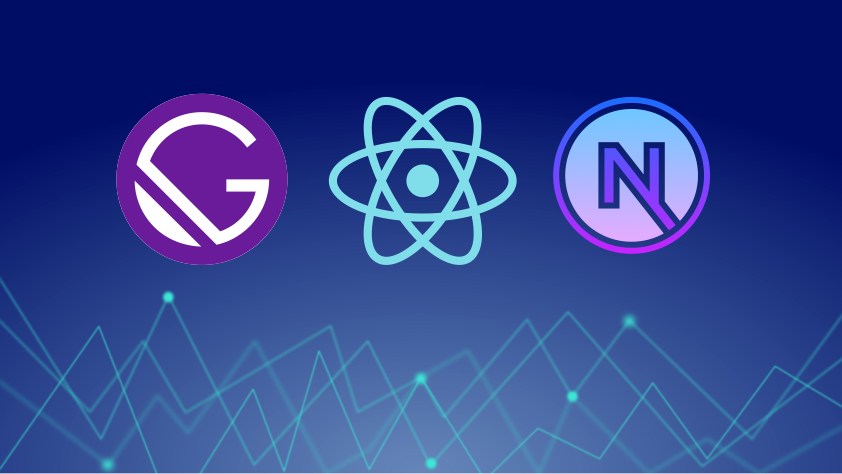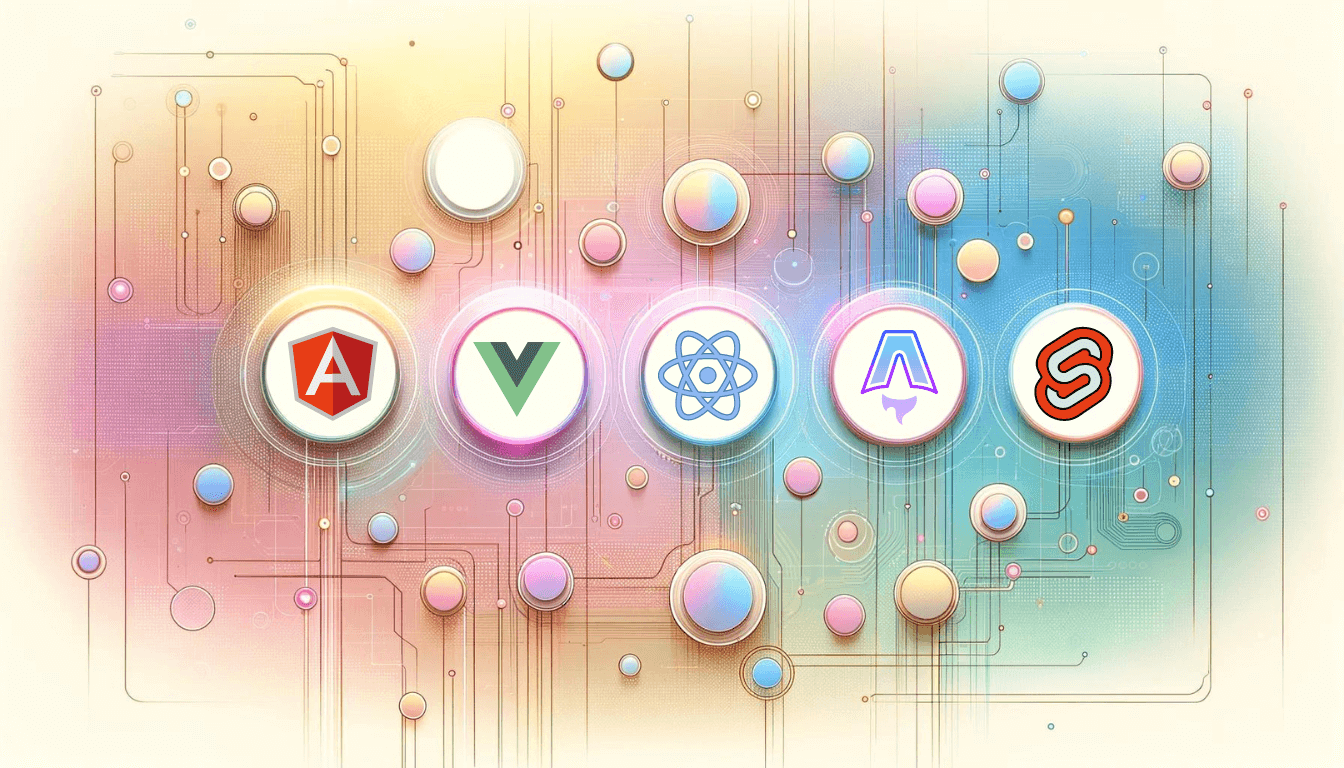· tutorials · 5 min read
Mastering Landing Pages: Comprehensive Guide for 2024
Explore the world of Landing Pages in 2024, crafted to convert visitors into actionable leads or sales, with a special focus on using templates for intuitive design.

In the expansive digital realm, making a lasting impression is more than just a desire—it’s a necessity. Enter the domain of Landing Pages, the silent champions of digital marketing. With the potent combination of Astro and Tailwind CSS, leveraging the templates enhances the process of crafting these impactful pages. Let’s embark on a journey to understand, create, and optimize Landing Pages effectively.
Demystifying Landing Pages
A Landing Page is a standalone web page distinct from your main website, tailored with a singular objective: converting visitors into actionable leads or sales. It’s the destination where a visitor “lands” after clicking a marketing link or ad.
Imagine clicking an ad for a limited-time discount on a popular shoe brand and being directed to a page showcasing the discounted shoes with a clear “Buy Now” button—that’s a Landing Page, honing in on the offer.
Precision in Focus
Unlike a homepage filled with diverse content, a Landing Page is laser-focused, eliminating distractions like excessive navigation to keep the visitor’s attention undivided. The outcome? Elevated conversion rates and a streamlined user experience.
Visualize a Landing Page as a digital salesperson—just as a salesperson focuses on pitching a product without distractions, a Landing Page promotes an offer with minimal links or distractions, akin to entering a store with a single product on display, simplifying your choice.
Significance of Landing Pages
In today’s digital rush, hoping customers stumble upon you is outdated. Landing Pages are the vanguard. They:
- Direct Traffic: Seamlessly guide visitors through the sales funnel.
- Enhance ROI: Maximize returns on marketing investments.
- Personalize User Journey: Tailor content to specific audience segments.
For instance, launching a new fitness app? A well-crafted Landing Page can target health-conscious individuals with a free trial, ensuring genuine engagement.
Crafting the Perfect Landing Page
Every element of your Landing Page should align with its core objective. A high-converting Landing Page encompasses:
- Benefit-Centric Headline: Instantly conveys the value proposition.
- Engaging Imagery: Complements and enhances the content.
- Compelling Copy: Clear, concise, and persuasive text addressing visitor needs.
- Clear Call-to-Action (CTA): A prominent button urging action.
- Minimalist Design: Focuses on the offer, using tools like a Tailwind CSS web template, for example TailWind or AstroWind.
- Trust Indicators: Endorsements, reviews, and badges for credibility.
Imagine browsing for a writing course and landing on a page with a captivating headline: “Unlock the Writer Within,” accompanied by an engaging image and persuasive text leading to an enticing “Enroll Now” button—that’s effective Landing Page design.
Homepage vs. Landing Page
Both are vital but serve distinct roles:
- Homepage: Offers a panoramic view of your brand, catering to diverse intents.
- Landing Page: Focuses on a single action—signing up, purchasing, or downloading.
Consider a popular online store. The homepage showcases various product categories, while a Landing Page for a summer sale spotlights summer products—this targeted approach spurs action, urging visitors to “Shop the Summer Sale Now!”
The Art of Optimization
The digital landscape evolves continually. Regular tweaks informed by analytics ensure your Landing Page remains a conversion powerhouse. Embrace A/B testing to compare versions and refine for optimal outcomes.
For instance, a skincare product Landing Page with Version A featuring product images and Version B highlighting a video review—insights from A/B testing can enhance future campaigns significantly.
Landing Pages in Practice
Landing Pages are versatile marketing tools, pivotal in various scenarios: product launches, newsletter sign-ups, or event registrations. They’re not just about capturing leads but nurturing and converting them.
Highlighted below are prominent Landing Page types, each with an accompanying comprehensive guide link:
Lead Generation Landing Page
Purpose: Captures user data like email addresses or contact details.
Content: Includes a form enticing users to input details for an offer like an eBook or free trial.
Focus: Drives visitor engagement by offering value in exchange for personal details.
Example: A digital marketing agency offering a free SEO audit in exchange for business contact details.
Long-form Sales Landing Page
Purpose: Persuades and converts visitors into customers, presenting extensive product information.
Content: Narrates a problem-solution story with detailed product benefits, user stories, and guarantees.
Focus: Emotionally connects with visitors to close the sale directly on the page.
Example: A weight loss program detailing success stories and program benefits.
Click-through Landing Page
Purpose: Acts as an intermediate step, warming up visitors for a larger commitment.
Content: Provides essential details and benefits, directing visitors to another page for conversion.
Focus: Guides visitors toward the final conversion point, like a purchase or sign-up.
Example: An online store promoting a new product, guiding visitors to the purchase page.
Product Details Landing Page
Purpose: Informs with specific product or service details.
Content: Showcases features, specifications, and benefits with visuals and user reviews.
Focus: Transparently presents the product or service to entice engagement.
Example: A tech website detailing a new laptop’s features and user reviews.
Coming Soon or Pre-Launch Landing Page
Purpose: Generates excitement for an upcoming product, service, or event.
Content: Teases with countdowns and offers options for notifications.
Focus: Builds anticipation and captures early interest.
Example: A game developer teasing an upcoming game release with sneak peeks.
Subscription Landing Page
Purpose: Encourages subscription to a service, newsletter, or product.
Content: Highlights subscription benefits like exclusive content or special deals.
Focus: Secures long-term commitment from visitors.



